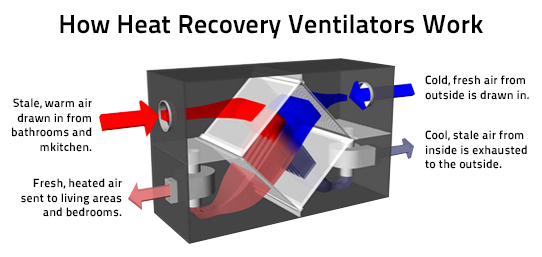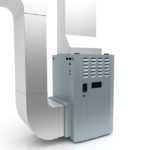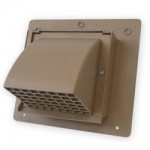Today’s modern homes are wonderfully well sealed. Building technologies have improved significantly to block outside air from coming in, and inside air from leaving. It’s all in the name of energy efficiency, but stale air trapped inside a home can now gather pollutants and make it uncomfortable to live in. It can even lead to allergies and other health concerns.
A flow of fresh air will help, and while opening a window might do the job it will also put a charge into your home heating and cooling bills. Luckily there are energy efficient alternatives that have even attracted the attention of Canadian construction guru Mike Holmes.
Heat-Recovery Ventilators (HRVs) and Energy-Recovery Ventilators (ERVs) are the ideal answer for home builders in 2014. Old houses leak plenty of air in and out through walls, and around door and window seals. That just doesn’t happen in today’s well-built homes.

An HRV is designed to pull air into and out of a house, and it does it all while carefully managing transfer rates for specific climate conditions. The key to making that process energy efficient is in the design of the system. It allows heat or cold from the exhausting air to condition the outside supply as it’s being drawn in.
In fact, a good system will move 70% – 80% of heat energy from interior air to the fresh air coming in. That will save big money on heating and cooling costs in summer and winter. It means your furnace and air conditioner won’t have to work so hard to keep a constant temperature inside. Your bank account will appreciate the savings offered on your energy bills.
ERVs remove humidity
Compared to a HRV, an ERV adds the capability of managing moisture in the air being drawn inside. That’s especially helpful in Canadian climates where cold winter air from the outside can be uncomfortably dry, and humidifiers already have to work overtime to add water vapour. Meantime, in the summer, the ERV actually will work to remove humidity, keeping your air feeling cooler. That feature makes an ERV the most efficient way to keep your home breathing properly.
Airflow into and out of the system must be carefully maintained year round, and quality plastic vents can help with that process. Outside, a plastic vent or hood will provide a durable, leak free cover, while allowing plenty of air to pass through the intake and exhaust ports. Inside, plastic vents are also a great choice to provide a clean look, and efficient airflow.
Another key element of HRVs and ERVs is their flexibility. They can be used in conjunction with a forced air furnace, as well as other popular heating systems including radiant in-floor or hot water, as well as electric baseboards. That makes them a fit for almost any home.
Spending the money on an HRV or ERV is an investment a homeowner can have confidence in. Not only will it make a home healthier, it also offers energy efficiencies that will help keep it cheap to operate.



